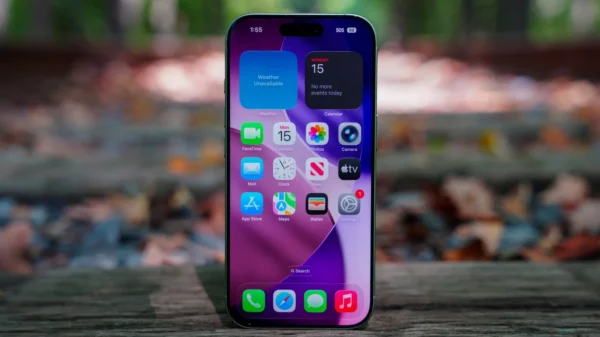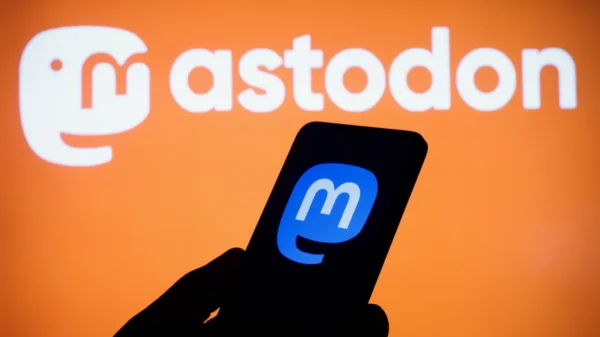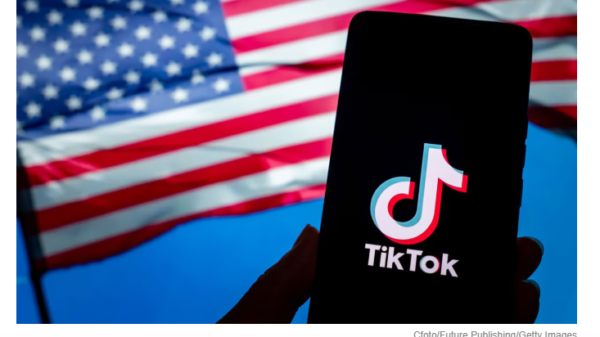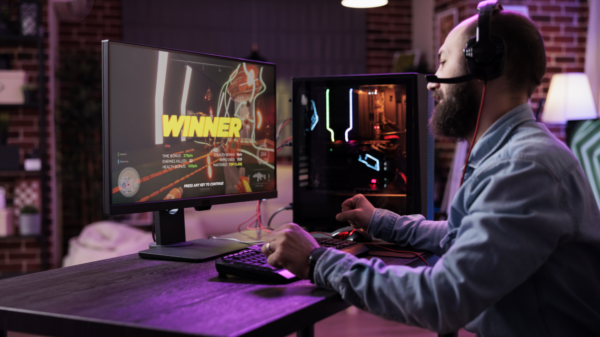Our phones are getting taller. This is especially true of the newest flagship devices, most notably the recently-announced Samsung Galaxy S8, which features an 18.5:9 aspect ratio, which is taller than the typical 16:9 aspect ratio of many of last year’s flagship devices. Another premium phone, LG’s G6, has an 18:9 display, which is twice as tall as it is wide, allowing the phone’s display to be divided into two squares of equal size, on one top of the other, for running two applications at once.
It makes sense that phone manufacturers would begin to push for phones with taller displays. As hardware companies compete with each other to pack as many features as possible into increasingly compact frames, differences in design philosophy are necessary to compensate. Whereas the traditional 16:9 display is optimal for displaying 720p or 1080p content without wasting screen real estate with black bars, taller displays allow manufacturers to create phones that offer a larger screen size while still enabling one-handed use. As consumers demand increasingly large screens but are unwilling to forgo ease of usability, taller screens are a necessary compromise in the highly competitive market of high-end phones.
Software giant Google recognizes this trend towards taller displays and has published a blog post, directed towards developers, as a response. In the post, Google explains what appears to be a relatively simple method by which to optimize an app for taller screens. As many current applications have a maximum supported aspect ratio of 16:9, the use of these applications on taller displays would lead to the presence of distracting black bars at the top and bottom of the phone’s display. By adjusting the maximum aspect ratio as defined in the application’s source code, developers can modify the appearance of their applications on phones with taller displays by eliminating these black bars and instantly taking advantage of the added visual real estate.
As the ratios of these new, taller phones are basically fairly similar to the 16:9 aspect ratio of older devices, developers aren’t likely to fundamentally change the layout of their applications to accommodate these displays. However, developers may be incentivized to make their applications stand out on phones with taller displays by using the extra screen space for unique functionality, such as including extra software buttons above or below the main application display.
It should be noted that some developers will have an easier time than others with adapting their applications to taller displays. Whereas some developers have coded their applications in such as way so as to allow UI elements to resize and move automatically to the appropriate parts of the screen in response to different screen shapes, other developers have chosen instead to design their UI elements rigidly to a particular aspect ratio. This is likely to be more of an issue for developers who have incorporated custom graphics heavily into the design of their applications, such as developers of games. Developers who have embraced Google’s philosophy of Material Design, however, are less likely to encounter this problem, as Material Design is meant to provide flexibility and universality.
With the 2012 release of the iPhone 5, Apple faced a similar problem to the one Google faces now. The iPhone 5’s display with an aspect ratio of 16:9, was taller than the previous model’s 3:2 display. Shortly after the release of the iPhone 5, almost all of its third-party applications displayed black bars at the top and bottom of the displays, as they were designed for previous models of the iPhone, all of which had displays with the same aspect ratio. With time, however, developers accommodated to the change, and today very few of the applications users have on their devices include black bars.
As developers for Android phones are obligated to accommodate a wide variety of hardware configurations in the design of their applications already, the impact of changes in aspect ratios on these developers is likely to be even lesser than it was for developers of applications for Apple devices in 2012.
Featured image via Flickr
















































